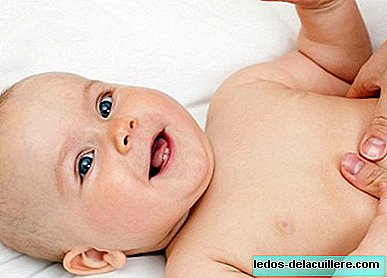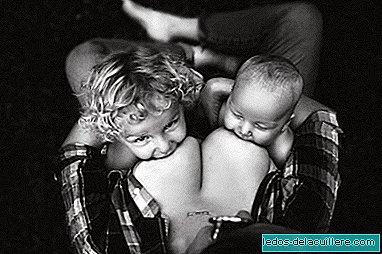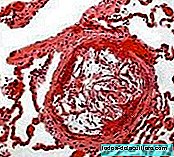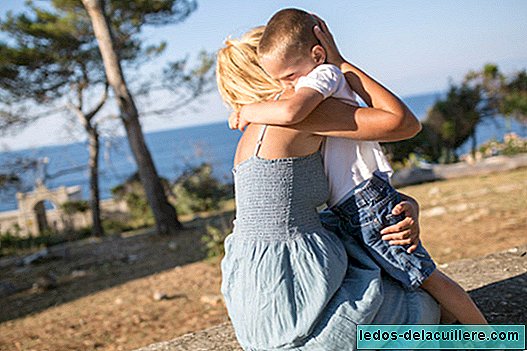
The skin It evolves throughout our lives. In the case of our babies much more since during the first two years, at each stage of development you need different care to maintain healthy skin.
Newborn
As soon as the baby's skin is born, it is covered by the vernix caseosa, a whitish sebaceous substance that usually develops over the 20th week of gestation. Its function is protect the skin of the fetus from irritating substances such as amniotic fluid and contribute to the formation of the skin by keeping it isolated from moisture.
But not all babies are born with this substance because their production is reduced by 36 weeks of pregnancy. This is why premature babies have more vernix caseosa than those born at term.
The WHO recommends not removing the vernix caseosa of the skin of the newborn to allow the skin to reabsorb this substance naturally. In this way it maintains its properties as favoring the development of the acid mantle and thermoregulation. In addition, it has been shown that its high vitamin E content can protect babies from solar radiation.
First weeks

The baby's skin is very vulnerable since it lacks protection mechanisms such as the acid mantle. The acid mantle creates a protective barrier with the outside avoiding pathogens, irritants and dehydration. During the first 5 weeks of life the baby's pH is 6.5 and the acid mantle favors that the pH is 5.5 which is the perfect condition of healthy skin throughout our lives. That is why it is essential use appropriate products that take care of the baby's skin and favor the development of the acid mantle.
The neutral pH is a pH 7, higher than pH 5.5 suitable for healthy skin. The products with a neutral pH are not the most suitable to favor the natural functions of the skin being those with a pH of 5.5 the most effective for caring for your skin and also the most compatible.
During the first weeks of the baby it is advisable to use PEG-free products (polyethylene glycol) present in most personal care products. They have a great capacity to penetrate the skin that, over time, end up accumulating in the body.
Baby's skin
Generally speaking, the baby's skin is a 20% thinner than an adult. Your skin is more permeable, dries more quickly and is more sensitive to external stimuli such as pollution, temperature or solar radiation.
When bathing the baby, the water removes moisture from the skin by washing the protective fatty layer and causing dehydration. Therefore it is advisable to apply moisturizer after bath to improve the level of moisture and the protective function of the skin.
Two of the most suitable natural ingredients are olive oil and hydrolyzed milk protein. Olive oil is one of the most effective moisturizers, provides numerous benefits for skin care and helps repair dry and cracked skin.
Hydrolyzed milk protein is a natural active ingredient with protective and soothing properties for the skin. Creates a hydrolipidic film that provides softness and flexibility to the skin.
Sanosan has recently arrived in Spain, a brand with hygiene products and baby skin care that bases its formulas on natural ingredients such as organic olive oil and hydrolyzed milk protein. They have products for each stage of baby care adapted to the specific needs of their delicate skin.













